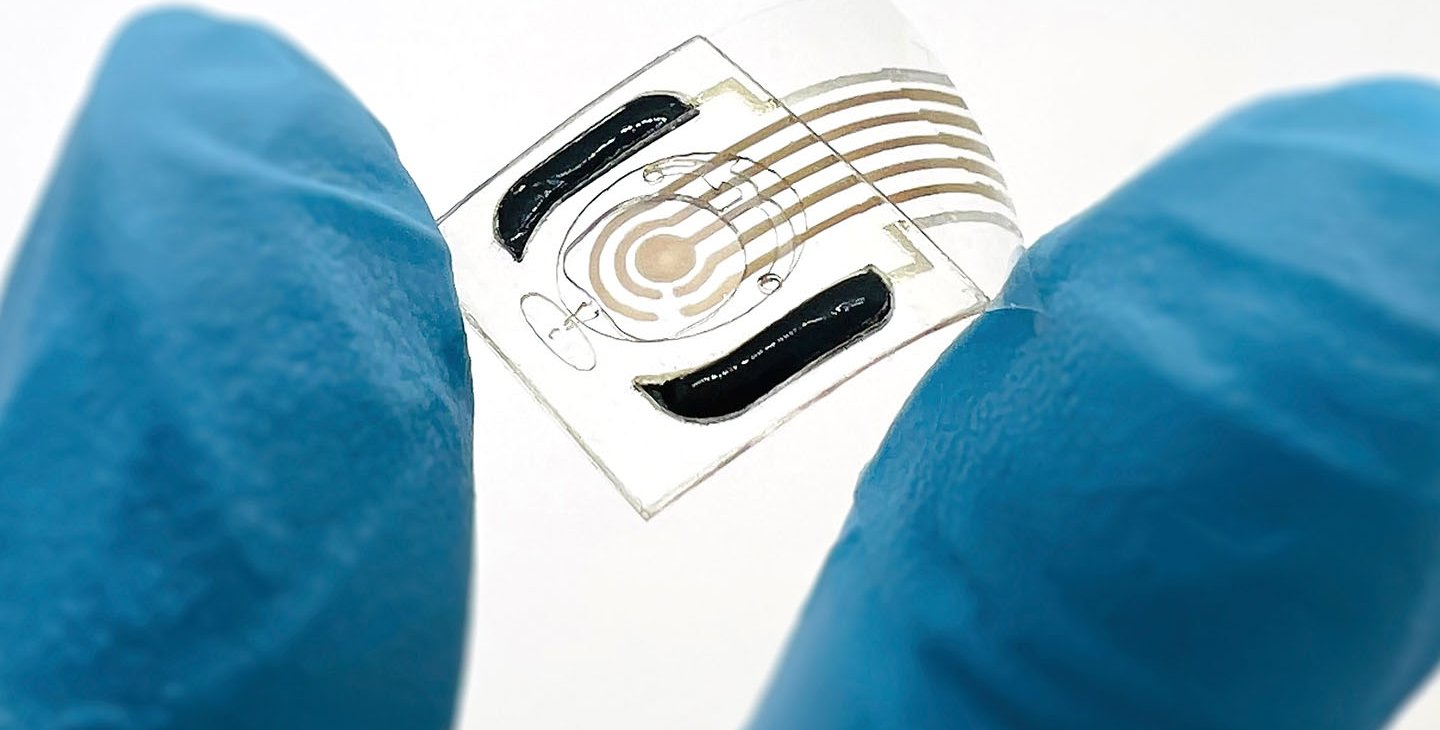Nanobiosensors: Bridging the Gap Between Nanotechnology and Biological Sensing
What are Nanobiosensors?
Nanobiosensors are miniaturized devices that combine the principles of nanotechnology and biosensing to detect and analyze biological molecules, such as proteins, DNA, and pathogens. By leveraging the unique properties of nanomaterials and their interactions with biological systems, nanobiosensors offer high sensitivity, selectivity, and real-time monitoring capabilities for a wide range of applications in healthcare, environmental monitoring, and food safety.

Key Components of Nanobiosensors
Nanobiosensors typically consist of three main components:
- Biological Recognition Element: This component is responsible for the specific binding and recognition of the target analyte. It can be an antibody, enzyme, DNA probe, or other biomolecules that have a high affinity and selectivity for the analyte of interest. The recognition element is immobilized on the surface of the nanomaterial transducer.
- Nanomaterial Transducer: The nanomaterial transducer is the core component of the nanobiosensor, which converts the biological recognition event into a measurable signal. Various nanomaterials, such as carbon nanotubes, graphene, metal nanoparticles, and quantum dots, are used as transducers due to their unique electrical, optical, and mechanical properties. The high surface-to-volume ratio of nanomaterials enhances the sensitivity of the biosensor by providing a large area for the immobilization of recognition elements and facilitating efficient signal transduction.
- Signal Processing and Readout: The signal generated by the nanomaterial transducer is processed and converted into a readable format, such as an electrical signal, optical signal, or color change. This is achieved through the integration of signal processing circuits, amplifiers, and readout devices. The signal processing and readout components enable the quantitative and qualitative analysis of the target analyte.
Types of Nanobiosensors
Nanobiosensors can be classified based on the type of nanomaterial transducer and the sensing mechanism employed. Some common types of nanobiosensors include:
Electrochemical Nanobiosensors
Electrochemical nanobiosensors rely on the changes in electrical properties, such as conductivity or impedance, that occur when the target analyte interacts with the recognition element. Carbon nanotubes, graphene, and metal nanoparticles are commonly used as transducers in electrochemical nanobiosensors due to their excellent electrical conductivity and high surface area. These nanobiosensors offer high sensitivity, fast response times, and the ability to detect multiple analytes simultaneously.
Optical Nanobiosensors
Optical nanobiosensors exploit the changes in optical properties, such as fluorescence, absorbance, or surface plasmon resonance, that occur upon the binding of the target analyte to the recognition element. Quantum dots, gold nanoparticles, and upconversion nanoparticles are widely used as optical transducers due to their unique optical properties and biocompatibility. Optical nanobiosensors provide high sensitivity, multiplexing capabilities, and the ability to perform real-time and label-free detection.
Piezoelectric Nanobiosensors
Piezoelectric nanobiosensors utilize the piezoelectric effect of certain nanomaterials, such as zinc oxide nanowires or lead zirconate titanate nanofibers, to detect the mass change associated with the binding of the target analyte. These nanobiosensors operate based on the principle that the piezoelectric nanomaterial generates an electrical signal when subjected to mechanical stress caused by the mass change. Piezoelectric nanobiosensors offer high sensitivity, label-free detection, and the ability to monitor binding kinetics in real-time.
Applications of Nanobiosensors
Nanobiosensors have a wide range of applications across various fields, including:
Medical Diagnostics
Nanobiosensors are extensively used in medical diagnostics for the early detection and monitoring of diseases. They can detect biomarkers, such as proteins, enzymes, and DNA sequences, associated with specific diseases, enabling rapid and accurate diagnosis. Nanobiosensors have been developed for the detection of cancer biomarkers, infectious diseases (e.g., HIV, influenza), and cardiovascular disorders. They offer the potential for point-of-care testing, personalized medicine, and real-time monitoring of treatment response.
Environmental Monitoring
Nanobiosensors are employed in environmental monitoring to detect and quantify pollutants, toxins, and pathogens in air, water, and soil samples. They can detect heavy metals, pesticides, and other contaminants at very low concentrations, providing early warning and facilitating remediation efforts. Nanobiosensors can also monitor the presence of harmful algal blooms, microbial contamination, and the spread of invasive species in aquatic ecosystems.
Food Safety and Quality Control
Nanobiosensors play a crucial role in ensuring food safety and quality by detecting foodborne pathogens, toxins, and allergens. They can rapidly identify the presence of bacteria, such as Salmonella and E. coli, in food samples, preventing outbreaks of foodborne illnesses. Nanobiosensors can also monitor the freshness and spoilage of food products, detect pesticide residues, and verify the authenticity of food ingredients. The integration of nanobiosensors into food packaging materials enables real-time monitoring of food quality during storage and transportation.
Challenges and Future Perspectives
Despite the remarkable progress in nanobiosensor development, several challenges need to be addressed for their widespread implementation. One of the main challenges is the reproducibility and long-term stability of nanobiosensors. The complex nature of biological systems and the variability in nanomaterial synthesis and functionalization can affect the performance and reliability of nanobiosensors. Standardization of nanobiosensor fabrication processes and quality control measures are essential for their commercialization and real-world applications.
Another challenge lies in the integration of nanobiosensors into user-friendly and cost-effective devices. The development of portable, miniaturized, and automated nanobiosensor platforms is crucial for their adoption in point-of-care settings and resource-limited areas. The integration of nanobiosensors with microfluidics, wireless communication, and data analysis tools will enable the creation of smart and connected biosensing systems for real-time monitoring and remote diagnostics.
Future research in nanobiosensors will focus on the development of multifunctional and multiplexed nanobiosensors capable of detecting multiple analytes simultaneously. The integration of nanobiosensors with other emerging technologies, such as wearable devices, implantable sensors, and organ-on-a-chip platforms, will open up new opportunities for personalized medicine, drug discovery, and toxicology studies. The exploration of novel nanomaterials, such as two-dimensional materials (e.g., MoS2, MXenes) and biomimetic nanostructures, will further enhance the performance and capabilities of nanobiosensors.
Further Reading
Nanobiomedicine, Nanobiosensors in diagnostics
Frontiers in Nanotechnology, Commercial roadmap of nanobiosensor development
